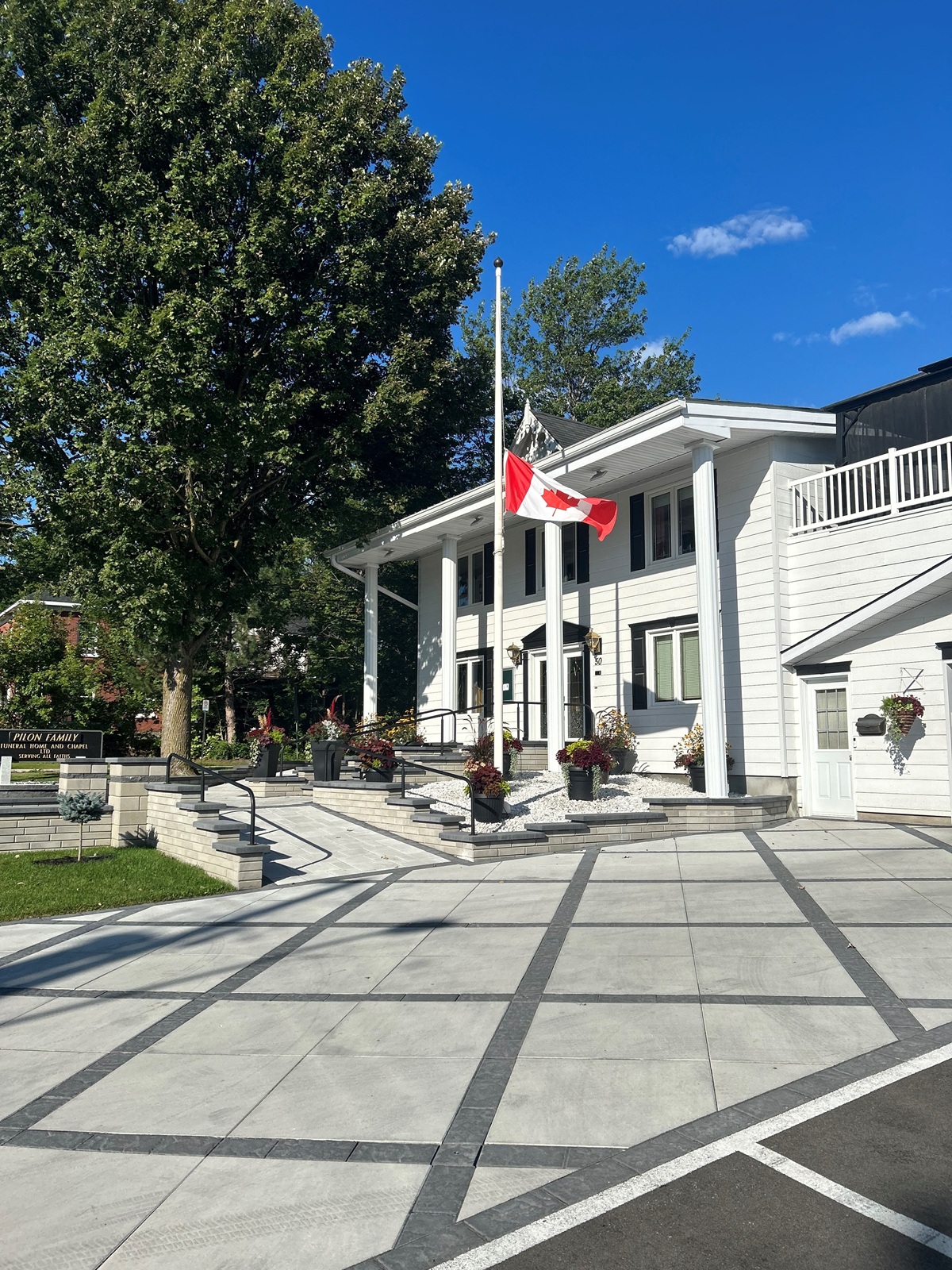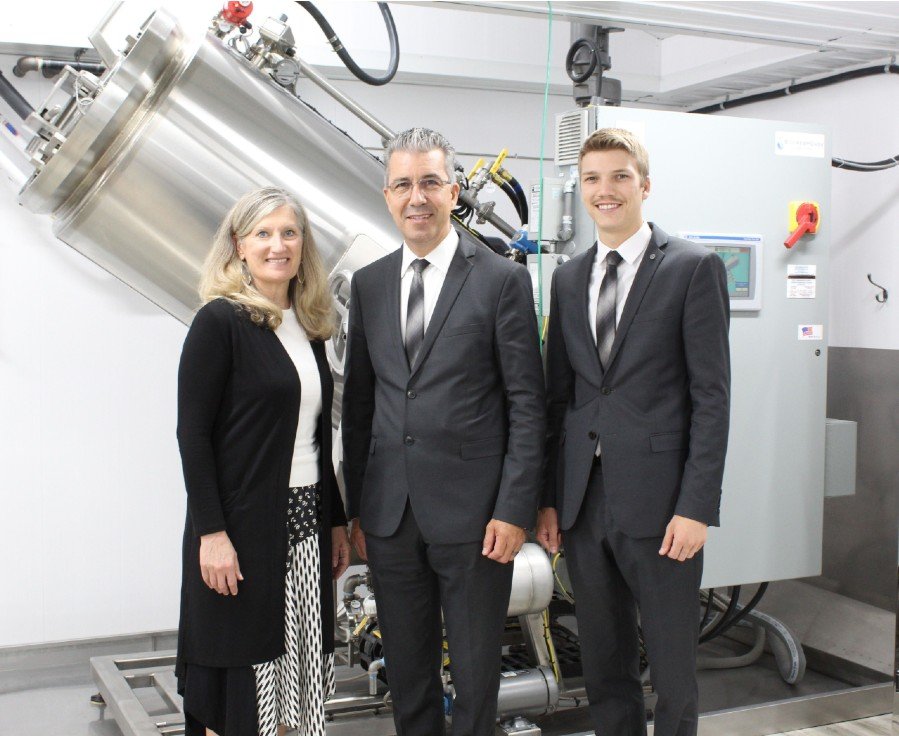You’ve heard of cremation. Aquamation is environmentally friendly and more affordable
By Rose Simpson
Ten years ago, an Arnprior funeral home began to offer its clients “aquamation” services as an alternative to traditional burial or cremation for their loved ones. The process, which combines water, temperature and alkalinity to accelerate the breakdown of a deceased person’s organic materials, has gained popularity in recent years because it is less costly and more environmentally-friendly.
 “I’m also a commercial beekeeper and I’m very attuned with the environment,” explains Andre Pilon, owner and funeral director of the Pilon Family Funeral and Chapel. “Once I embraced aquamation, it quickly became very popular with our families.”
“I’m also a commercial beekeeper and I’m very attuned with the environment,” explains Andre Pilon, owner and funeral director of the Pilon Family Funeral and Chapel. “Once I embraced aquamation, it quickly became very popular with our families.”
There are only four locations in Ontario that offer aquamation, also known as alkaline hydrolysis, even though it has been used for decades by funeral homes in the United States, Quebec and Saskatchewan. The Pilons first started offering the services in 2015, partnering with a licenced facility in Smiths Falls. After that facility closed, the family purchased the equipment and were granted their own licence in 2020.
“As professionals, we offer whatever alternatives are available so people can have choices,” explains Andre, whose family has served the eastern Ontario community for more than 30 years. “We offered the process to one family as an alternative, and the next week another family came in and wanted it. In the first year, out of 99 cremation families, 77 chose water over flame.”
The aquamation process takes place after all viewing or visitation. When it’s time, the deceased is respectfully placed in a stainless steel vessel. Alkali (potash) is added to the process and the vessel is half filled with water. The solution of 95 per cent water and five per cent alkali is heated to 302 degrees F, and circulated for the length of the process, which takes from six to eight hours.
By the end of the process, all material is broken down to the smallest building blocks, with no DNA or RNA remaining. The sterile process water is then released for recycling. What is left is only inorganic bone minerals which are made into a powder and returned to the family in an urn or temporary container, the same as in cremation.

Andre believes there are several factors that influence a family’s decision to use his family’s aquamation service, one of which is financial. “The cost of a complete aquamation package at our funeral home is approximately $400 less than a cremation package.”
Families also save because there is no need to purchase a box or container other than those used for the viewing or funeral.
“And then there is the environmental factor, because it doesn’t use fossil fuels and it doesn’t create airborne emissions,” he says. The hydrolyzed remains are also 100 per cent safe to handle and are pathogen- and disease-free.
He also believes families are attracted to the Pilon Family Home and Chapel because it is still one of the few family-owned providers in the area.

“We are still a family-owned and operated business and we live in our funeral home,” he says. “The mere fact that the loved ones arrive in our care and never leave our care, brings a great level of comfort to a grieving family. That seems to have the biggest impact on people.”
From a business standpoint, aquamation has helped Andre ensure that his family can continue to thrive in a competitive industry.
“Six small funeral homes in eastern Ontario have disappeared in the last five years. These are family businesses that are gone, and they aren’t coming back,” he adds. “Aquamation was just an added measure for us. It’s probably going to carve out what our future is going to look like,” he adds.
Caption: Gina, Andre and Phil Pilon with the aqamation vessel






